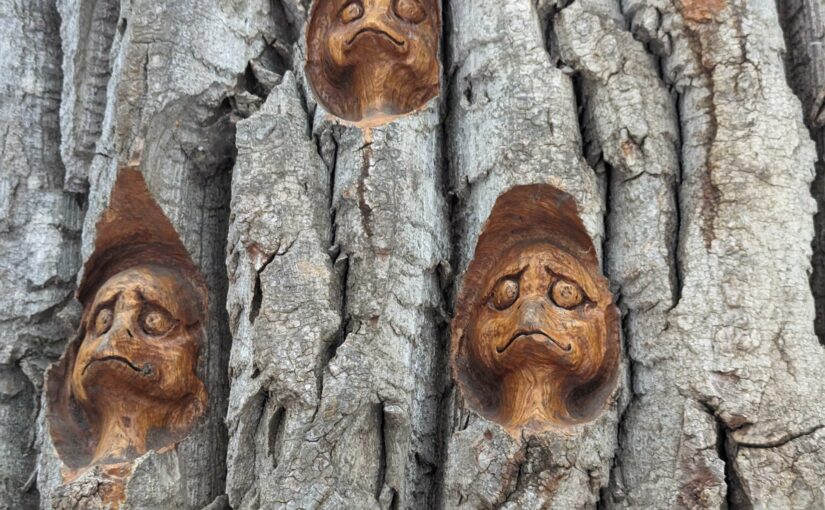I want to be a bird when I grow up. I’m mostly kidding, but I did walk like a duck today. In windy snowy weather I saw a duck fall on ice, and I got another chance to practice lesson planning and mindfulness. I felt the snow under my feet. I like the way you can find grip, depending on the snow you can feel the snow shift, the difference between ice, packed snow, and soft flakes sticking to your boots. I brought my grandfather’s film camera and as I watched a big group of ducks walking on a frozen river I watched the way they moved, walked, interacted. Trying to get close enough for a 50mm lens, I watched the ways they interacted and the way they recognized humans as something familiar, but worth giving a little distance. This is very different from the smaller chickadees that would swoop into any hand that couple possibly hold a seed.
When the chickadees, ducks, squirrels and dog walkers change their day around you, it means that you’re the activity. For the creatures of the forest who have adapted their behaviors around human interaction, the group of 39 chilly teacher candidates is the core activity for the morning, and the chickadees at least, seemed fairly engaged.
We felt tree bark and saw faces and animation everywhere we could, we looked for movement and saw snow blowing off a roof, stopping another group in their tracks. Thinking about change and interaction is how I came up with an activity I’m pretty proud of. With support from my classmates, I was able to connect to the BC curriculum connecting Science and Language arts. The idea was fun and encouraged creativity. Taking advantage of changing seasons students can see how plants and animals adapt to their environment in real time in a concrete and connectable way. This could follow a unit where students learn about adaptations in local wildlife. The understanding of adaptations can follow a secondary activity where students get to create their own imaginary creatures. Students can see adaptation in the wild, feel the cold, see the river, and consider a creature that would survive or thrive, understanding the needs and adaptations of creatures both real and imagined.
